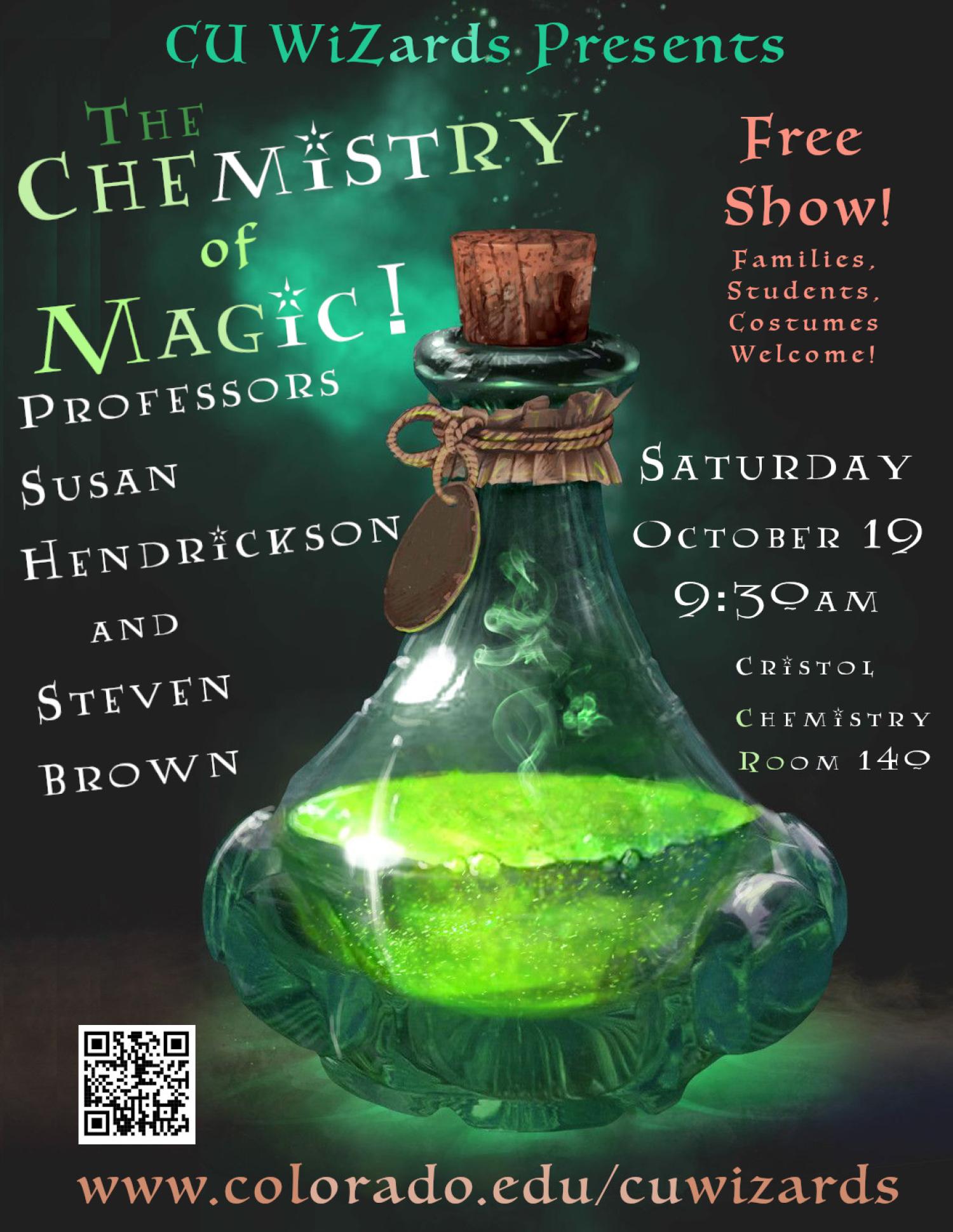Past Events
Delving into the Unknown: The Higgs Boson at Future Colliders
The Higgs boson was discovered in 2012 by the ATLAS and CMS experiments at the world’s most powerful particle collider, the Large Hadron Collider (LHC) in Geneva, Switzerland. This particle plays a unique role in fundamental physics. It gives all of the known elementary particles, including itself, their masses.
TBA
Reconfigurable Optical Tweezer Arrays of CaF Molecules for Quantum Simulation
Reconfigurable molecular tweezer arrays are a new emerging platform for quantum science. In recent years, significant progress has been made in controlling molecules and developing essential building blocks for quantum simulation and quantum information processing. In this talk, I will present our work on CaF molecular tweezer arrays. Specifically, I will first discuss the observation of coherent spin exchange oscillations between pairs of molecules and creation of Bell states.
Omega Centauri: The Nearest Galaxy Nucleus
Abstract: Galaxy centers are extremal environments that frequently host supermassive black holes and uniquely dense and massive star clusters. In my talk I will focus on our understanding of these objects and their formation through the lens of our nearest galaxy nucleus, the star cluster Omega Centauri.
How to Predict Space Weather
Abstract: This presentation describes space weather impacts and their economic and societal costs. Modern technological society is characterized by a complex set of interdependencies across its critical infrastructures. These are vulnerable to the effects of intense geomagnetic storms and solar disturbances. Strong currents flowing in the ionosphere can disrupt and damage Earth-based electric power grids and contribute to the accelerated corrosion of oil and gas pipelines.
TBA
Dirac spin liquid in dipolar Rydberg arrays
Frontiers in Astronomy Education: From Astro 101 to Astronomy Majors
Abstract: The past 20 years have seen significant advancements in the teaching and learning in college-level Astronomy, with a particular focus on the introductory general education course (hereafter Astro 101). In recent years collaborators with the Center for Astronomy Education (CAE) have undertaken a theoretical approach to develop a new generation of instructional strategies. Beyond advancements in the teaching of Astro 101, this work has bridged to the teaching of Astronomy Majors courses.
Metal Halide Photovoltaics for the Future
Abstract: This talk will consider photovoltaic (PV) technologies and their role in the energy transition. To do this the basics of semiconductor materials, basic device physics of PVs and current materials used in existing deployed PV will be discussed along with their pros and cons. With this background new material poised to supercharge PV efficiency and the green energy transition will be discussed.
The Chemistry of Magic!
 CU Wizards Professors Susan Marie Hendrickson and Steven Brown present “The Chemistry of Magic!” Chemistry is a treat that explains favorite magical tricks! Join CU Wizards for colorful, lively demonstrations that will be as educational as they are FUN! This show is especially great for kids and parents of all ages.
CU Wizards Professors Susan Marie Hendrickson and Steven Brown present “The Chemistry of Magic!” Chemistry is a treat that explains favorite magical tricks! Join CU Wizards for colorful, lively demonstrations that will be as educational as they are FUN! This show is especially great for kids and parents of all ages.
Fundamental Reaction Kinetics Studies for Low-Temperature Astrochemistry Applications
Abstract: Many of the new molecules discovered in astrophysical objects are totally outlandish by traditional perspectives: long linear unsaturated carbon chains, metals in surprising charge states, and strained ring structures have all challenged chemists to think beyond terrestrial conventions in explaining how these molecules form and react, and where they fit into the overall cycle of planetary and stellar evolution.
Robust many-body localized and error-correcting phases of matter in low-density parity-check codes
Abstract: Low-density parity-check (LDPC) codes play an important role in everyday electronic devices, and in quantum error correction where “good” quan
JILA X Talks
This event will feature engaging presentations from our JILA members, offering insights into their passions and hobbies. It’s a fantastic opportunity to learn from one another and foster collaboration within the JILA community.
We have a fantastic speaker line-up for you this year, so please see below for a preview of what subjects we'll be covering:



